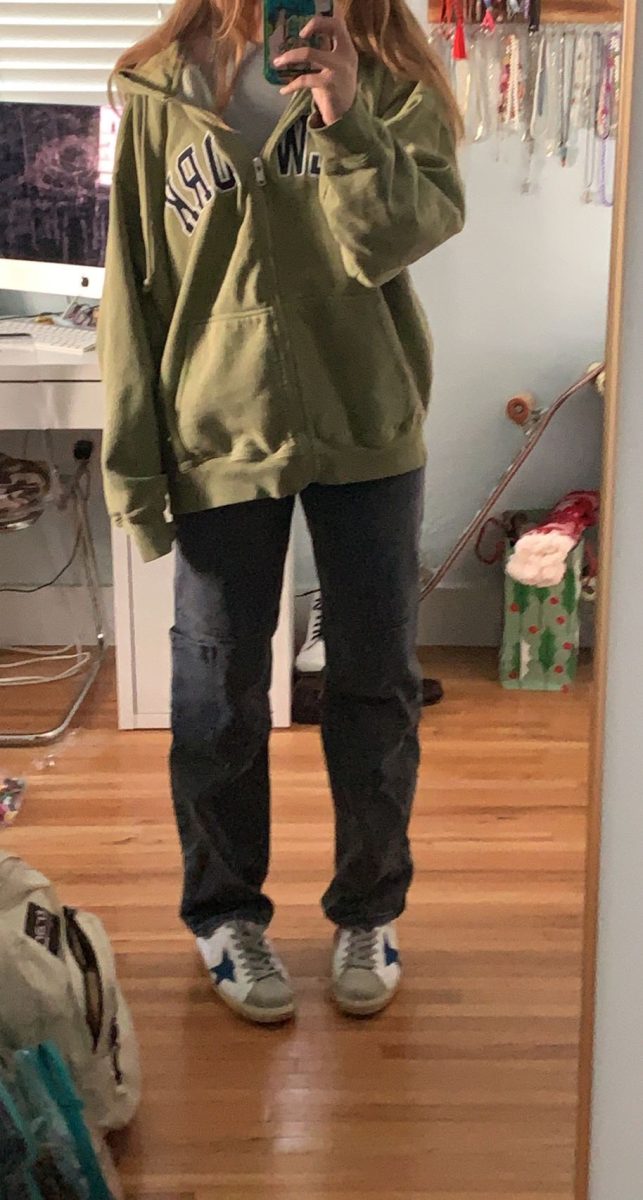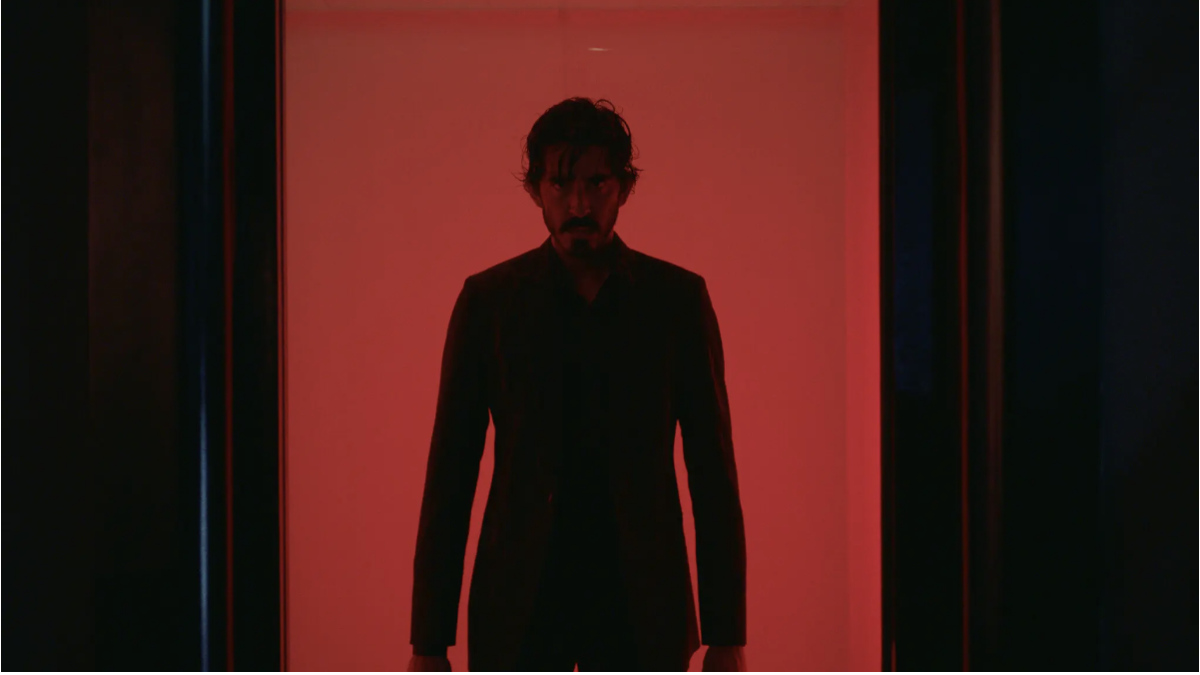Brandy Melville is a fashion brand known for its trendy clothing and accessories, particularly popular among teenage girls and young women.
“I remember discovering Brandy Melville and all I wanted was a shirt from there that went Pinterest viral,” said senior Laura Cornide.

The controversy surrounding Brandy Melville revolves around its marketing practices, which have been criticized for promoting an exclusive and limited body image by primarily offering one-size-fits-all clothing that often caters to a narrow standard of beauty. Critics argue that this approach can lead to feelings of exclusion and low self-esteem among consumers who do not fit the brand’s size or aesthetic. Additionally, the lack of diversity in Brandy Melville’s marketing campaigns has been a point of contention, with calls for greater inclusivity and representation of various body types and ethnicities.
“I remember things fitting awkwardly on me or one top fitting too big and one too small. I always knew there was something wrong,” said senior Nicole Gonzalez.
HBO recently debuted a new documentary delving into the world of Brandy Melville by showing all the fast fashion they create behind the scenes. That’s not even the worst part of the documentary as the findings indicate the company were also racist and treated their workers insanely bad. The HBO documentary uncovers all the things the consumers don’t see.
“It’s shocking because you find out all these things from your favorite brand and it makes you think to yourself if you should still buy from there or not,” said senior Maia Vedani.
The brand’s popularity with teenage girls was boosted with the help of social media. As an early adopter of the influencer marketing model, Brandy used teenage girls to post and then repost it on its own Tumblr, Instagram, and TikTok to grow its consumer base. This encouraged young girls to post themselves wearing the clothing and tagging the brand in the hopes their photo might get shared, creating free advertising for the company. Influencers and celebrities were often sent free clothes to wear and post about, inspiring girls to post their own Brandy Melville clothing hauls as well as buy their clothes since influencers looked up to them. But when it came to who they featured on their social accounts, Brandy Melville seemingly had a narrow vision; they only chose girls that fit their certain aesthetic—young, thin and white, often blonde, and usually with long hair.

The documentary exposes discriminatory practices within Brandy Melville, as former employees allege biased hiring and workplace policies. Recruitment heavily favored young, thin, white women, often scouted from the store’s customer base. In the flagship store, in New York, a light signal was used by management to identify potential hires. Once employed, workers were required to send outfit photos, including full-body shots, to a manager who stored them on his phone. Some employees claimed they were asked for chest and feet photos as well. The company faced racism accusations, leading to lawsuits, including one where a former executive alleged his store was closed due to its predominantly non-white clientele. Racism allegedly permeated the company’s operations, with white employees favored for customer-facing roles while non-white workers were relegated to back-end tasks.
The documentary also shines a light on the world’s biggest problem: fast fashion. It focuses on the brand’s rapid production cycle driven by shifting trends and low prices, contributing to clothing waste. The focus on cheap, trend-driven clothing often results in poor quality, leading consumers to dispose of items quickly. Marketing tactics like influencer gifting and shopping hauls further promote rapid consumption and disposal. The film draws parallels between the exploitation of Brandy Melville’s store employees and the workers who produce their clothes, particularly Chinese immigrants in Prato, Italy, where the brand’s clothing is manufactured under conditions resembling sweatshops. Additionally, it explores the environmental impact of fast fashion by examining textile waste in Ghana, where discarded clothing from the West pollutes bodies of water.









